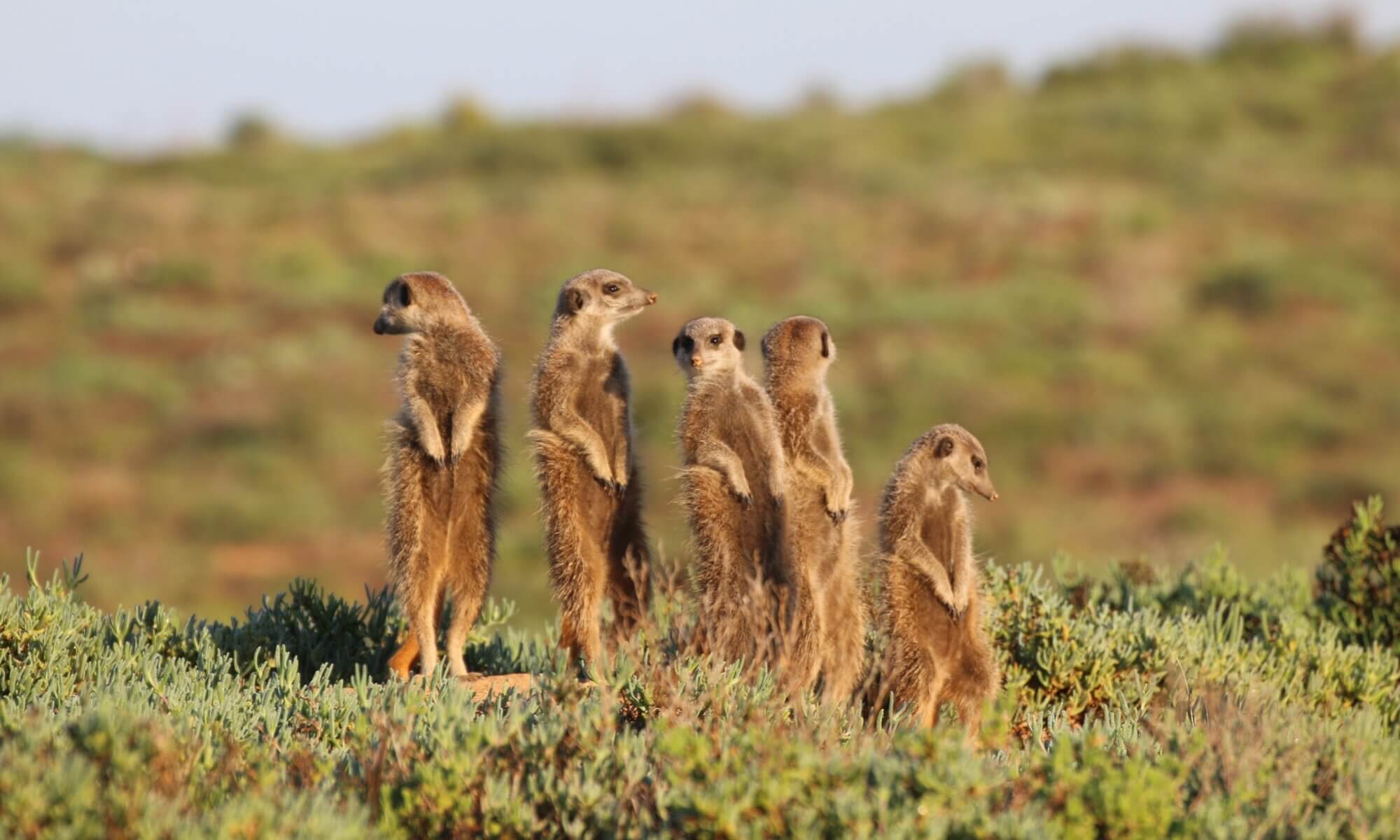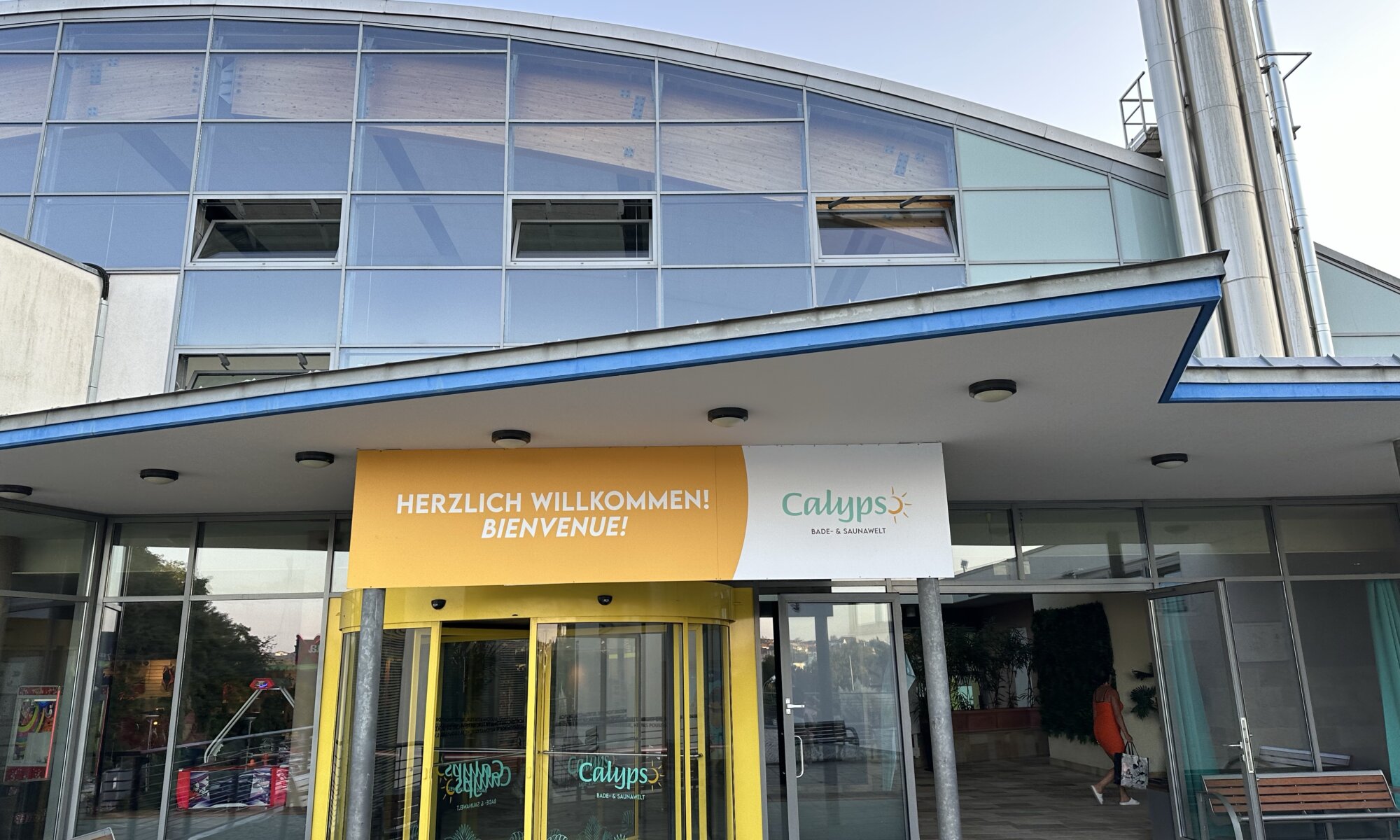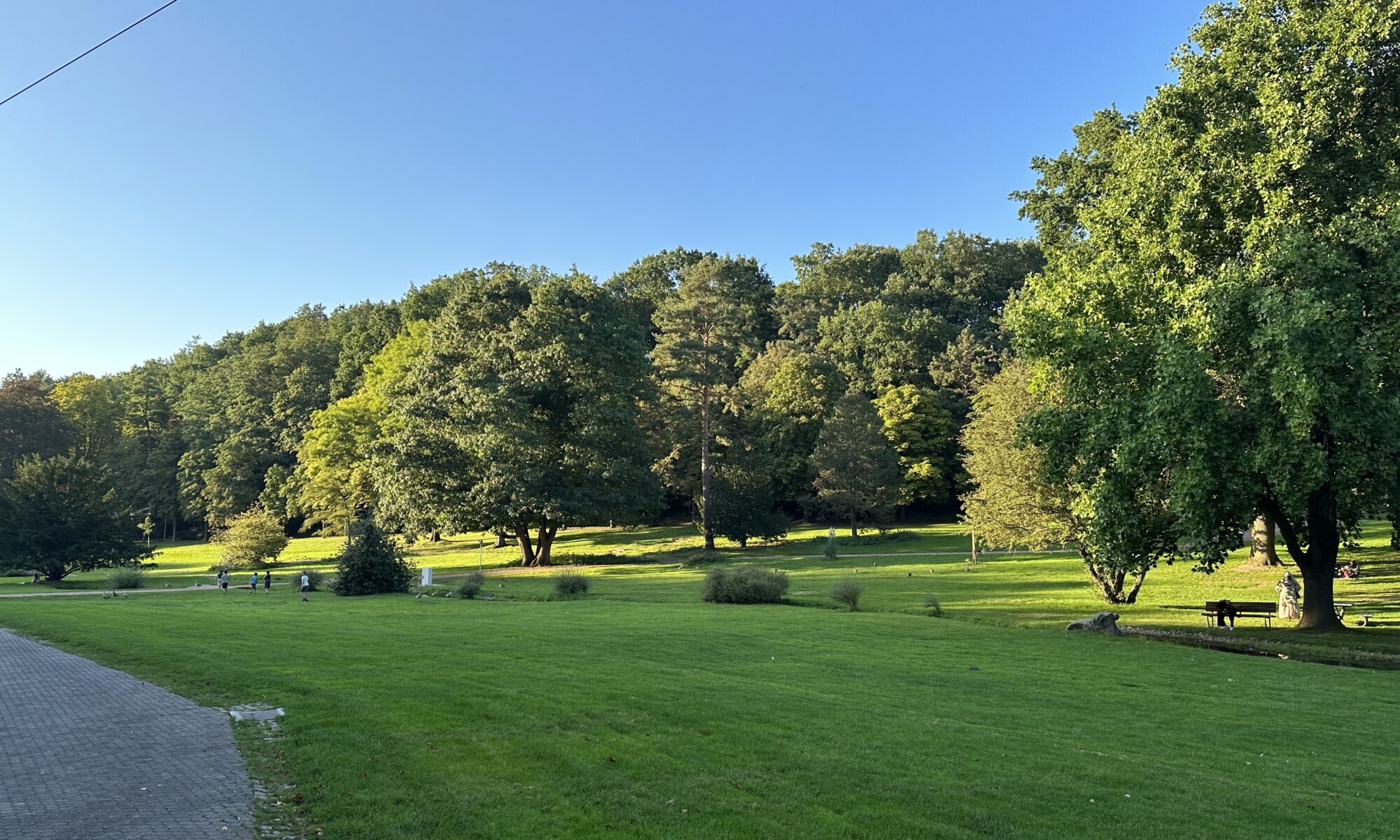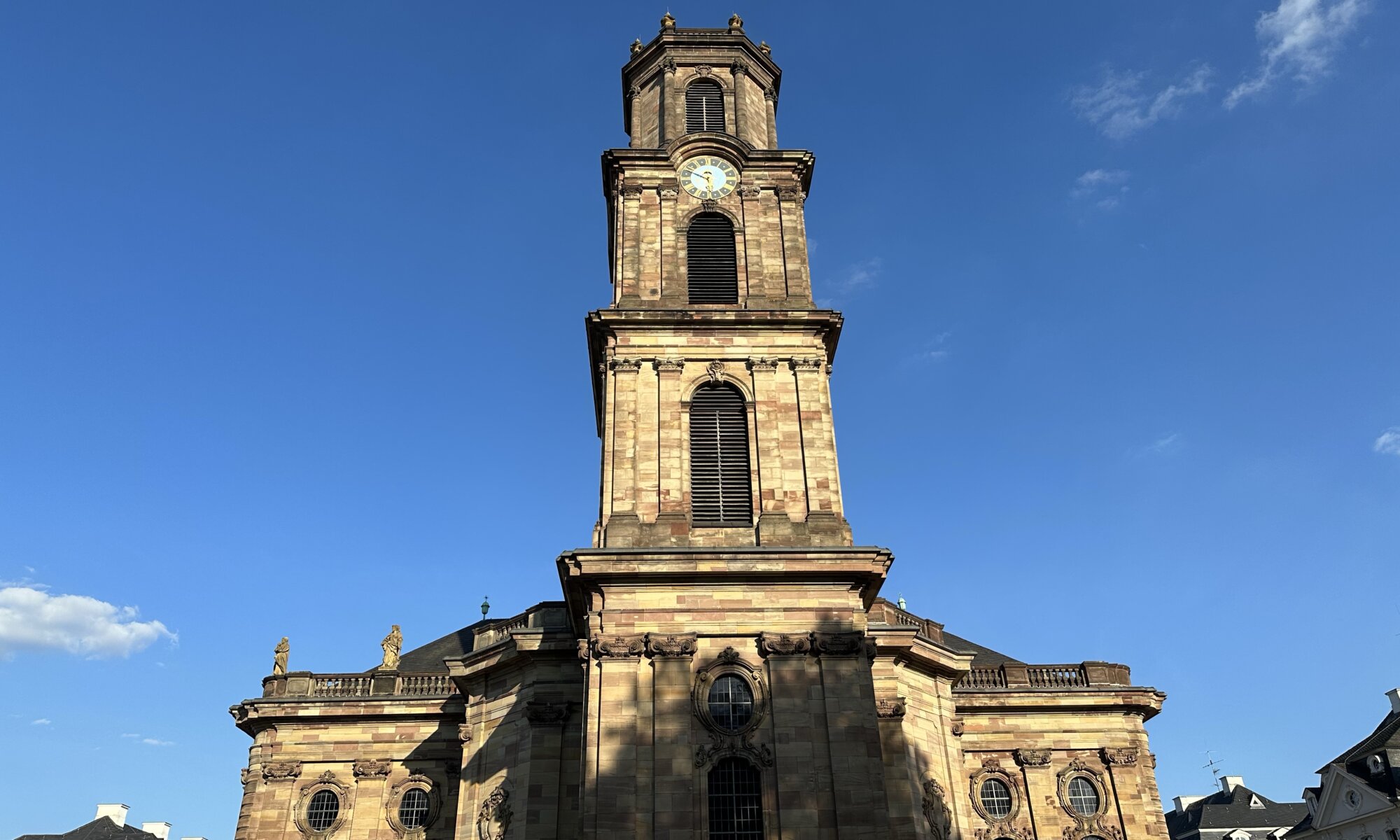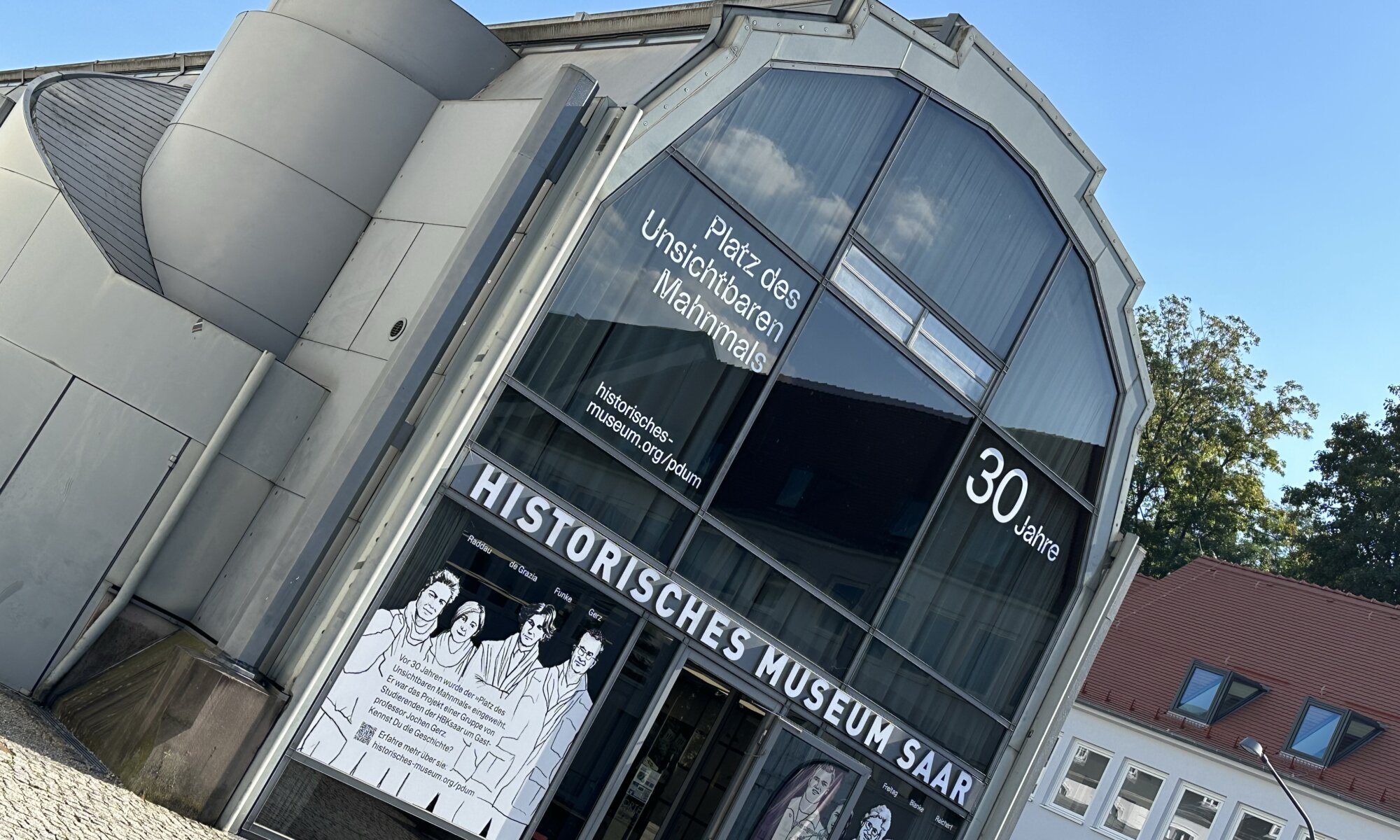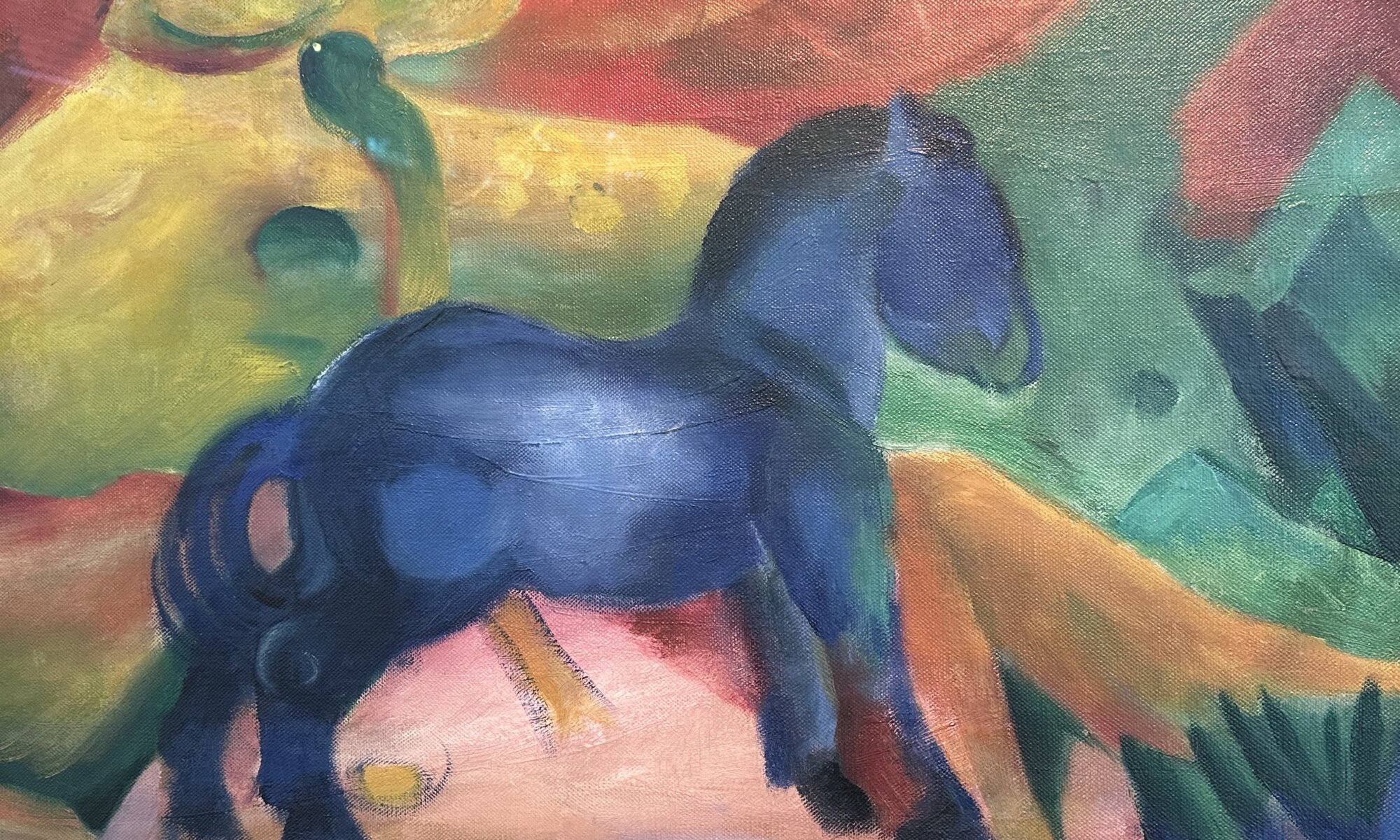In need for a break while being at Saarbrücken, Germany? Close to the Deutsch-Französischer Garten (DFG) you can find the Calypso Bade- & Saunawelt; a nice spa and sauna. Families will enjoy the bathing section with a special children’s area, a diving section with a reef and a sunken submarine and a wild river. The sauna part of the Calypso offers relaxation in different kinds of saunas, a nice outdoor pool and at the great bar located within.
Continue reading “Calypso”Deutsch-Französischer Garten
The Saarland is a border region in Germany that is very close to France and Luxembourg. From the city center of Saarbrücken it is a distance of less than five kilometers to our French friends. Half way you can find a nice park, the Deutsch-Französischer Garten (DFG) or Jardin Franco-Allemand. It was opened in 1960 by chancellor Konrad Adenauer and prime minister Michel Debré. It is a park used by French and German visitors to relax.
Continue reading “Deutsch-Französischer Garten”Ludwigskirche
What is the most iconic building of Saarbrücken, Germany? In former times it might have been the castle with its towers and thick walls – but these structures are only barely visible these days. It came even worse in 1939 when the Wehrmacht destroyed multiple memorial towers (including the iconic Winterbergdenkmal) and church towers to irritate allied pilots during air raids. The most famous landmarks of the city are lost forever.
Continue reading “Ludwigskirche”Historisches Museum Saar
If you want to learn about the history of the Saarland then the Historisches Museum Saar, located at the Schlossplatz of Saarbrücken, will leave no questions unanswered. The Saarland is not only the smallest federal state of Germany, it also has a special history: it was created in 1920 caused by the Treaty of Versailles and became a separate state for 15 years under the coordination of the League of Nations.
Continue reading “Historisches Museum Saar”Little Blue Horse
Franz Marc is the most important German painter working in Expressionism style. His best known works do focus on animals and especially on horses: the Blaues Pferd I can be found at the Städtische Galerie im Lenbachhaus at München, his Turm der blauen Pferde is considered lost since 1945 (after being confiscated as Entartete Kunst by the Nazis and taken by Hermann Göring). But there is another painting showing a blue horse, a cute one: Kleines Blaues Pferdchen has been painted by Franz Marc for Walter, the son of befriended painter August Macke.
Continue reading “Little Blue Horse”